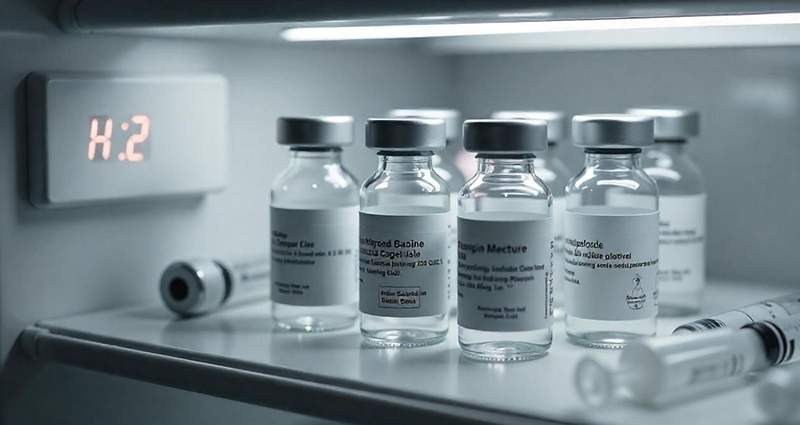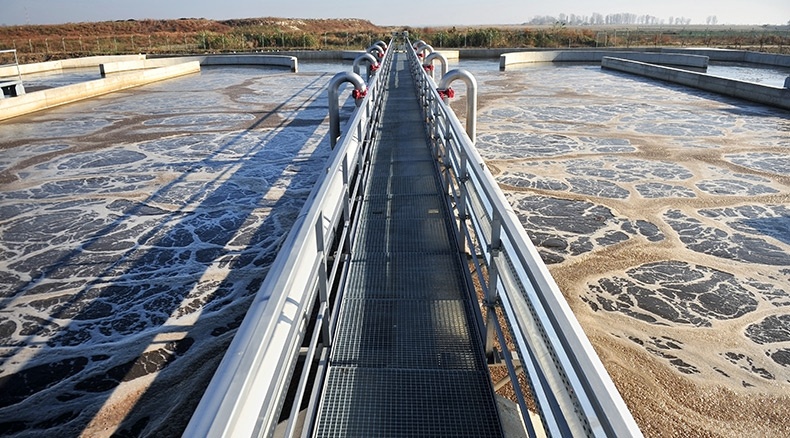
Subzero cold fronts sweeping the nation necessitate vigilant management by greenhouse operators. This week alone, the National Weather Service reported storms and cold weather across much of the United States.
When outside temperatures plunge, particularly after dusk, greenhouses risk becoming excessively cold. A rapid temperature drop can harm or even destroy plants within hours, adversely affecting yields. Employing a temp controlled greenhouse is crucial for achieving optimal plant and vegetable yield.
Read on to learn more.
Each crop thrives at a specific ideal temperature, and any deviation from this can alter growth phases and the quality of the harvest. Temperature influences everything from the initial seeding to the final harvest, affecting root growth and crop yields. A drop in temperature may slow or halt growth; for instance, a plant adapted to cold weather may cease growing at temperatures between 40° and 45°F.
Furthermore, temperature variations within a greenhouse can lead to uneven growth patterns based on the plants' locations. A plant near a chilly window may grow slower than one situated in the middle of the room. A temp controlled greenhouse can avoid problems caused by cold weather and help with winterization.
Greenhouse Temperature Management
The best temp controlled greenhouses begin with a remote monitoring system that helps maintain the ideal conditions. While staff can rely on weather forecasts and perform manual temperature checks within the greenhouse, these methods are time-consuming and prone to human error, particularly for larger operations.
 Unexpected cold snaps or winter storms can cause a significant drop in temperature, potentially jeopardizing plants during off-hours when staff is not present. By the time workers return, irreversible damage to some plants may have already occurred. Continuous temperature monitoring becomes even more critical at night, when temperatures are at their lowest and operations are closed.
Unexpected cold snaps or winter storms can cause a significant drop in temperature, potentially jeopardizing plants during off-hours when staff is not present. By the time workers return, irreversible damage to some plants may have already occurred. Continuous temperature monitoring becomes even more critical at night, when temperatures are at their lowest and operations are closed.
A Sensaphone greenhouse monitoring system tracks temperatures to provide real-time status on environmental conditions. Temperature sensors gather readings throughout a facility and connect to the remote monitoring system either wirelessly or through a wired connection.
Key personnel can check temperature status at any time and from any location through the website or mobile application. Commercial greenhouses typically opt for cloud-based systems that archive data in the cloud, making it accessible from any internet-enabled device like a tablet or smartphone.
Alerts for Temperature Fluctuations
Often winter storms arrive quickly or temperatures drop lower than anticipated or temperatures may fall more sharply than predicted. Systems like Sensaphone’s can be configured to send notifications if temperatures deviate from the pre-set safe ranges.
 When away from the greenhouse, staff can be promptly informed about potential freezing conditions through email, phone calls, or text messages, enabling them to verify and respond to the conditions remotely.
When away from the greenhouse, staff can be promptly informed about potential freezing conditions through email, phone calls, or text messages, enabling them to verify and respond to the conditions remotely.
The Sensaphone system continues to cycle through a contact list until someone responds or moves to a second tier of staff. Using this information, operators can take immediate action such as temporarily increasing heat levels to save greenhouse inventory.
Monitor More Than Temperature
In addition to temperature issues, Sensaphone systems can also detect malfunctioning equipment that cause temperature deviations. For example, the system can detect irregularities in the performance of heaters, fans, and HVAC systems.
Maintenance can make adjustments or repairs before support equipment affects greenhouse operations.
The sensors connected to the Sensaphone also can monitor humidity, power failures, soil moisture, ventilation, and CO2, all factors that affect crop integrity.

Historical Data
Sensaphone monitoring systems capture, record, and store a history of data for analysis. Insights can help prevent future issues or make changes in operations. Information also can be downloaded into applications to predict outcomes and view trends.
For Every Season
A temp controlled greenhouse is important for every season. Monitoring spring and summer temperatures prevents heat buildup that dries soil faster and increases water usage. Higher temperatures can directly affect plants by wilting leaves and affecting their ability to bear fruit. The same capabilities used for greenhouse winterization work for these seasons as well.

A Sensaphone greenhouse monitoring system provides peace of mind in establishing preventative measures that protect valuable greenhouse inventory both on- and off-season from the effects of weather, both cold and hot.
For more information on how to maintain a constant temp controlled greenhouse and protect your plants, visit www.sensaphone.com Or contact our sales team to guide you in the selection of the right sensors and monitoring system to address your current and growing needs.








